Latin American architecture is a fascinating and diverse field that reflects the rich history, culture, and geography of the region. From Mexico to Argentina, across all of Latin America and the Caribbean, this discipline has evolved over centuries, blending indigenous, colonial, and modern influences to create a unique and vibrant architectural landscape.
Our architecture is a living testament to the identity and creativity of the region, and its study allows us to better understand the interaction between the past and the present, as well as how the cities and landscapes of Latin America have transformed over time. From the pyramids of Teotihuacán in Mexico to the futuristic skyscrapers of São Paulo in Brazil, this journey takes us through a fascinating mosaic of styles, eras, and architectural visions that have left an indelible mark on the continent.
The architecture of our region incorporates many varieties of social movements, including pre-Columbian influences that constitute a wealth largely derived from the civilizations that inhabited the region. In places like Machu Picchu in Peru, Chichen Itzá in Mexico, or Tiwanaku in Bolivia, you can appreciate advanced construction techniques and architectural designs that have influenced the later development of architecture in Latin America. The fusion of these influences with those brought by European colonization gave rise to a unique architectural style known as “mestizo baroque.”

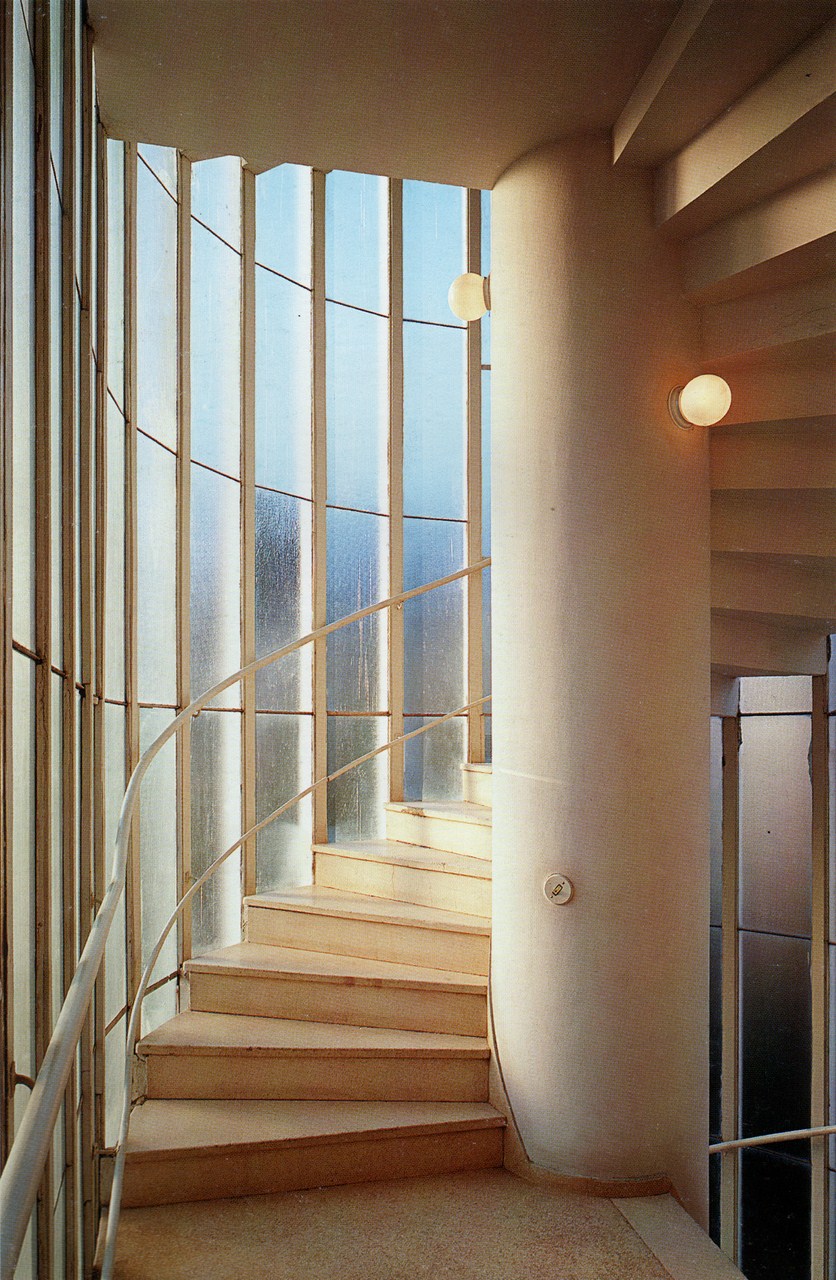
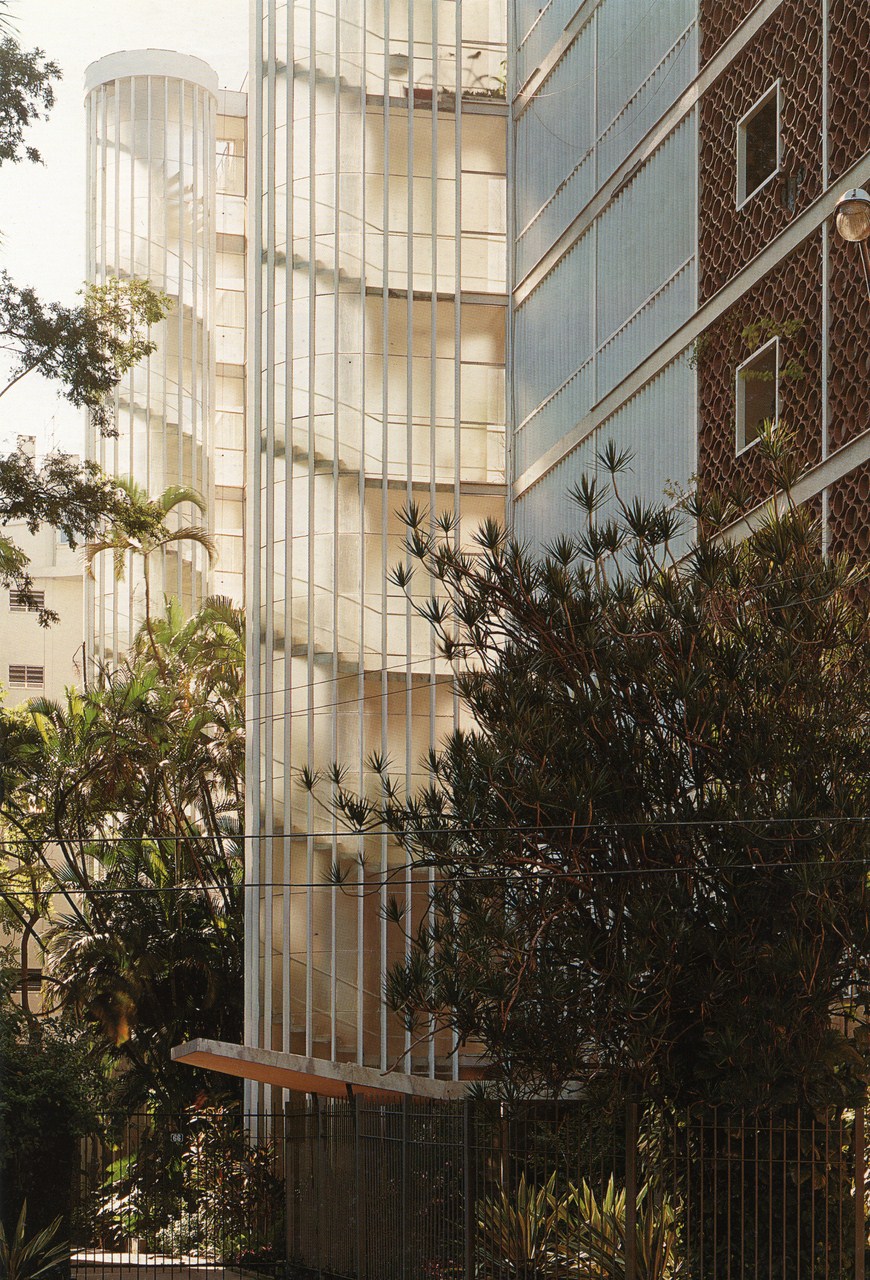
During the colonial era, European conquerors imported their architectural styles, such as the baroque, which adapted to local conditions and gave rise to “colonial baroque.” Notable examples of this architecture can be found in the churches and cathedrals of cities like Cuzco, Lima, and Puebla, where the opulence of the baroque blends with indigenous and mestizo elements.
As Latin America moved towards independence, modernism and architectural avant-garde, with figures like Oscar Niemeyer in Brazil and Luis Barragán in Mexico, explored new forms, materials, and techniques, leaving a lasting mark on the region and the world.
Today, Latin American architecture continues to evolve and diversify. Architects in the region are working on innovative projects that address contemporary challenges such as sustainability, urban densification, and the preservation of cultural heritage. Furthermore, there is a growing interest in the use of local materials and traditional construction techniques in combination with contemporary designs. Below, we explore some modern works or hidden gems of Latin American architecture:
The Nest of Quetzalcoatl is a one-of-a-kind creation located in Mexico, specifically in Xilitla, San Luis Potosí. This architectural artistic marvel was conceived and built by the British poet and sculptor Edward James, who fell in love with the natural beauty of the region and decided to transform it into a surrealistic space. Edward James’s surreal garden is a testament to his artistic vision and his passion for surrealism.
Its a tangible testament to the influence of surrealism on art and architecture. This place, which seems to be taken from a dream, continues to be a source of inspiration for artists and art enthusiasts from around the world. Every corner of this garden is an invitation to explore the imagination and immerse oneself in the world of Edward James’s surreal creativity.
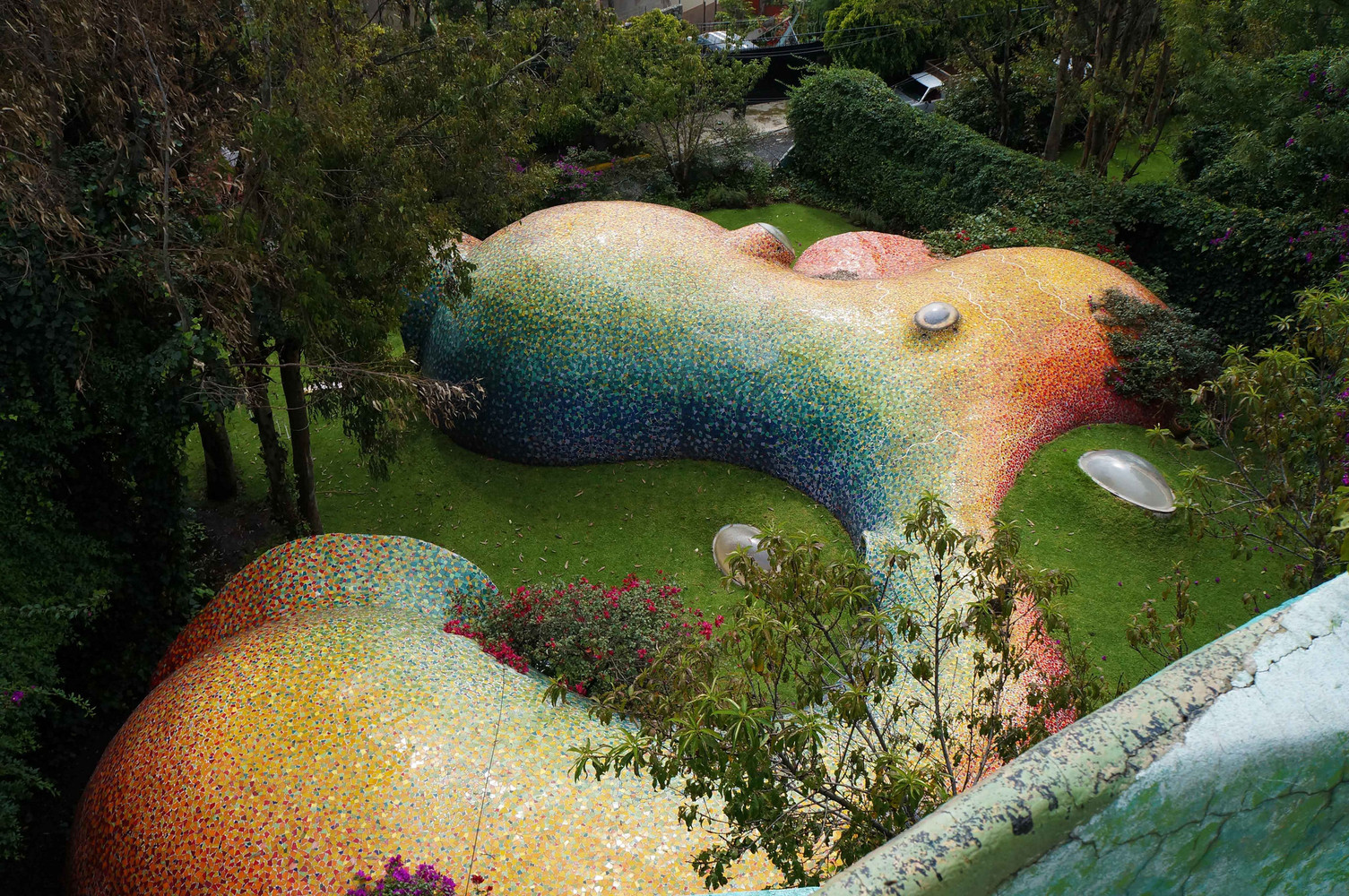
The Organic House by Javier Senosiain. Courtesy of Daniel Retana.

Eduardo Guinle Park by Lucio Costa. Courtesy of Nelson Kon.
The Eduardo Guinle park, located in the heart of Rio de Janeiro, is an iconic green space designed by the famous Brazilian architect Lucio Costa. The park is situated in the Laranjeiras neighborhood and stretches across a generous terrain adorned with beautiful gardens, fountains, and a serene lake. The highlight of Eduardo Guinle Park is its elegant wrooght-iron bridge, which adds a touch of historical charm to the place.
The design reflects Costa’s focus on integrating nature into the city’s urban fabric, providing residents and visitors with a peaceful refuge amidst the bustle of Rio. The park is a popular venue for outdoor activities such as hiking, picnicking, and relaxation, and it stands as a lasting testament to Lucio Costa’s legacy in architecture and landscape design in Brazil.
Designed by Brazilian architect Eduardo Longo, this exceptional example of contemporary architecture is located in São Paulo, Brazil. Often nicknamed “Casa Bola” due to its distinctive spherical shape, it stands out for its architectural audacity and unique focus on integrating form with the natural environment. Additionally, the choice of materials and the arrangement of interior spaces reflect Eduardo Longo’s commitment to sustainability and ecological architecture. Casa Bola is an architectural gem that demonstrates the ability of architecture to challenge conventional boundaries and create truly unique and appealing spaces.
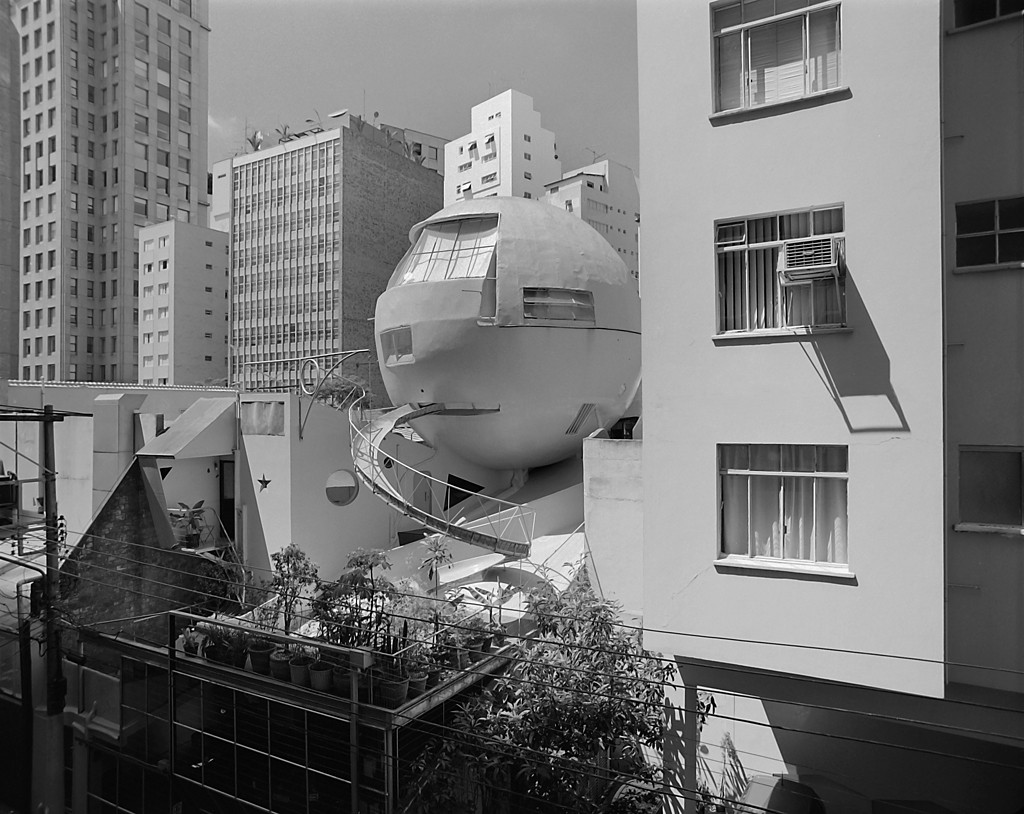
The Casa Bola by Eduardo Longo. Courtesy of Chico Prestes Maia.
Designed in the 1940s, Casa Luis Barragán is known for its masterful use of light, color, and space. The interiors are carefully designed to create a tranquil and contemplative atmosphere, with areas that harness natural light in surprising ways. Barragán also incorporated symbolic and religious elements into his design, adding a spiritual depth to the house. The museum not only houses his work but also offers a unique insight into the life and mind of this influential Mexican architect.

The Luis Ángel Arango Library, by Germán Samper. Courtesy of Don Gamboa Bonorquez.
The Luis Ángel Arango Library, located in the heart of Bogotá, Colombia, is an architectural gem designed by the renowned Colombian architect Germán Samper. This library is a cultural icon in Colombia and has become a significant center for research and the dissemination of culture in Latin America.
The architecture of the Luis Ángel Arango Library is a testament to Germán Samper’s talent. The building stands out for its modernist design, featuring a facade of glass and concrete that combines elegance and functionality. The interior space is designed to foster learning and intellectual exploration, with a variety of reading rooms, exhibition halls, and spaces for cultural events.
Latin American architecture has also played a crucial role in shaping everyday life and culture in the region. From city planning to the creation of public spaces, architecture has influenced how people interact with and experience their surroundings, often reflecting the aspirations and challenges of society.
Latin America is a testament to the cultural richness and history of the region. Its ability to incorporate diverse influences and its ongoing adaptation to modern times make it an exciting and ever-evolving field. By exploring Latin American architecture, we not only discover a rich narrative of creativity and cultural expression but also a powerful tool for understanding the complexity and diversity of this part of the world.


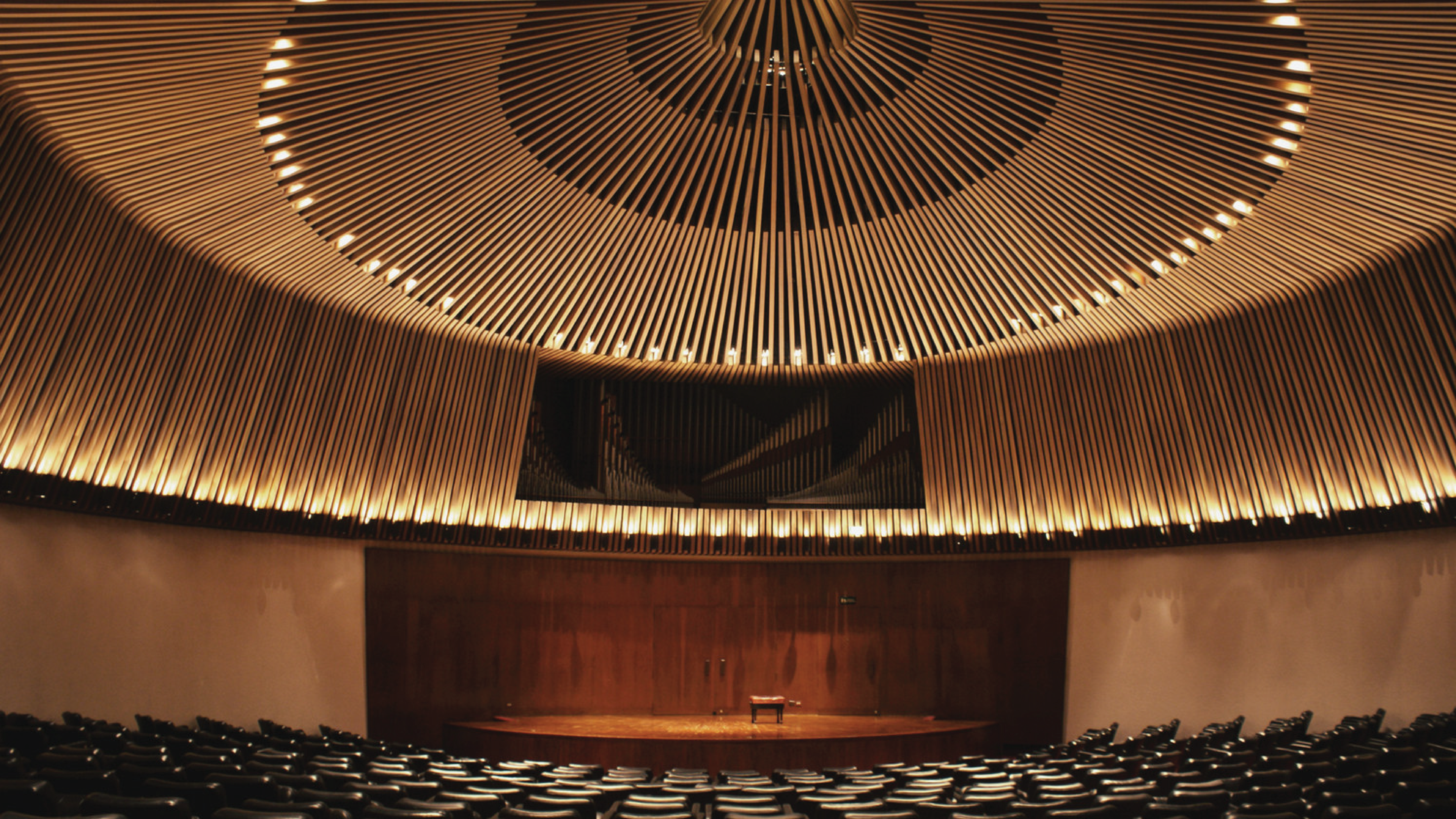
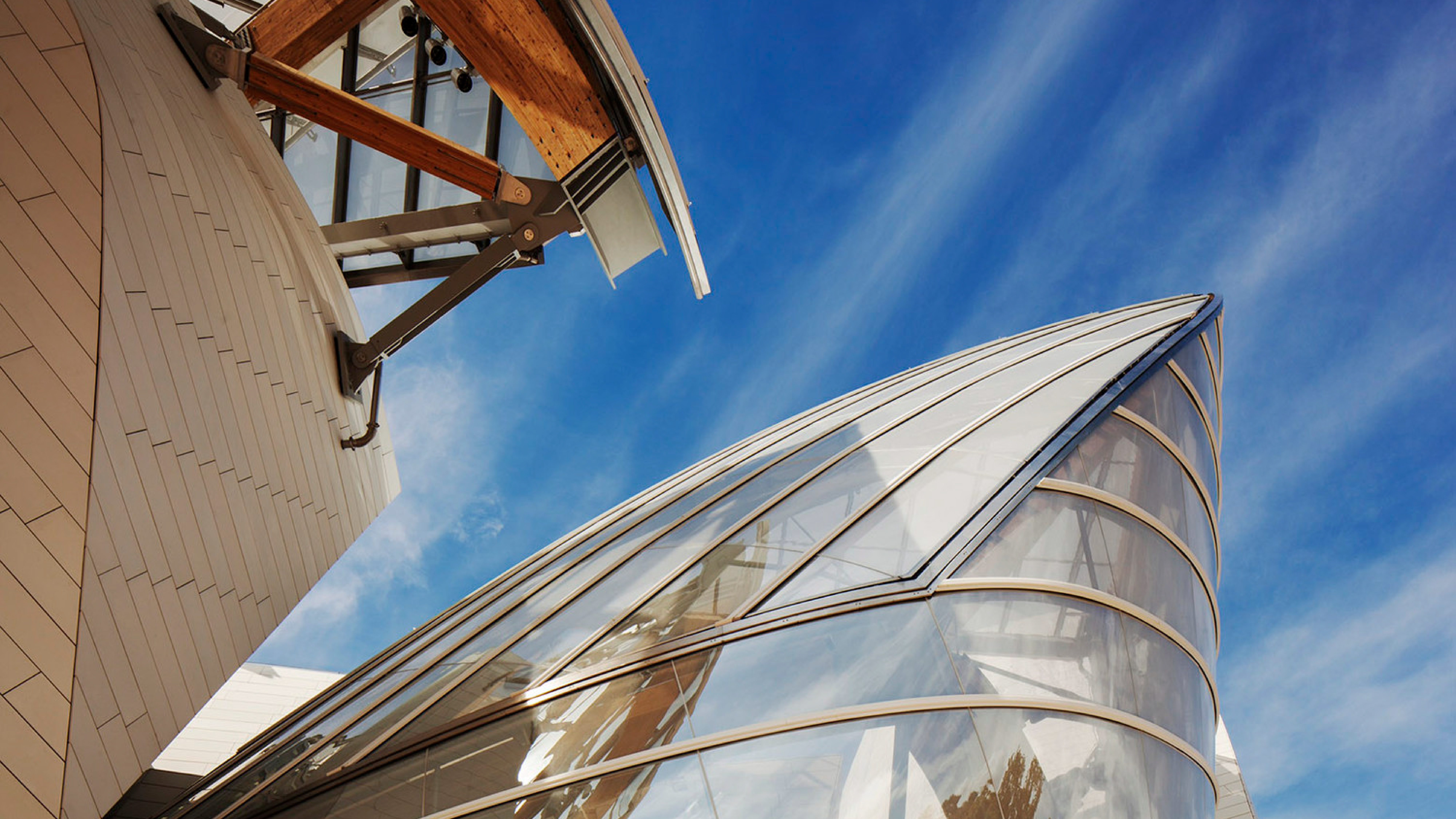
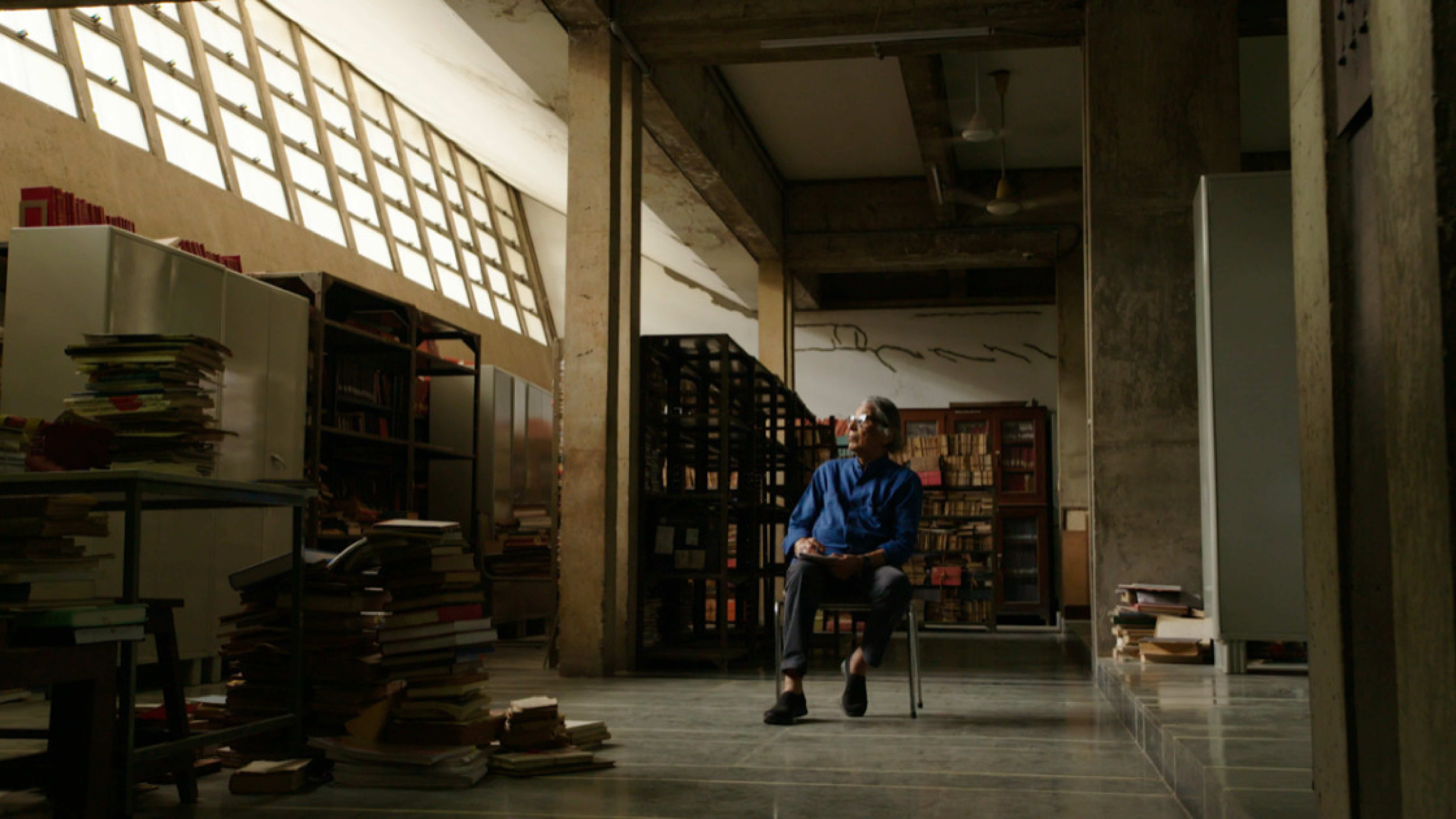
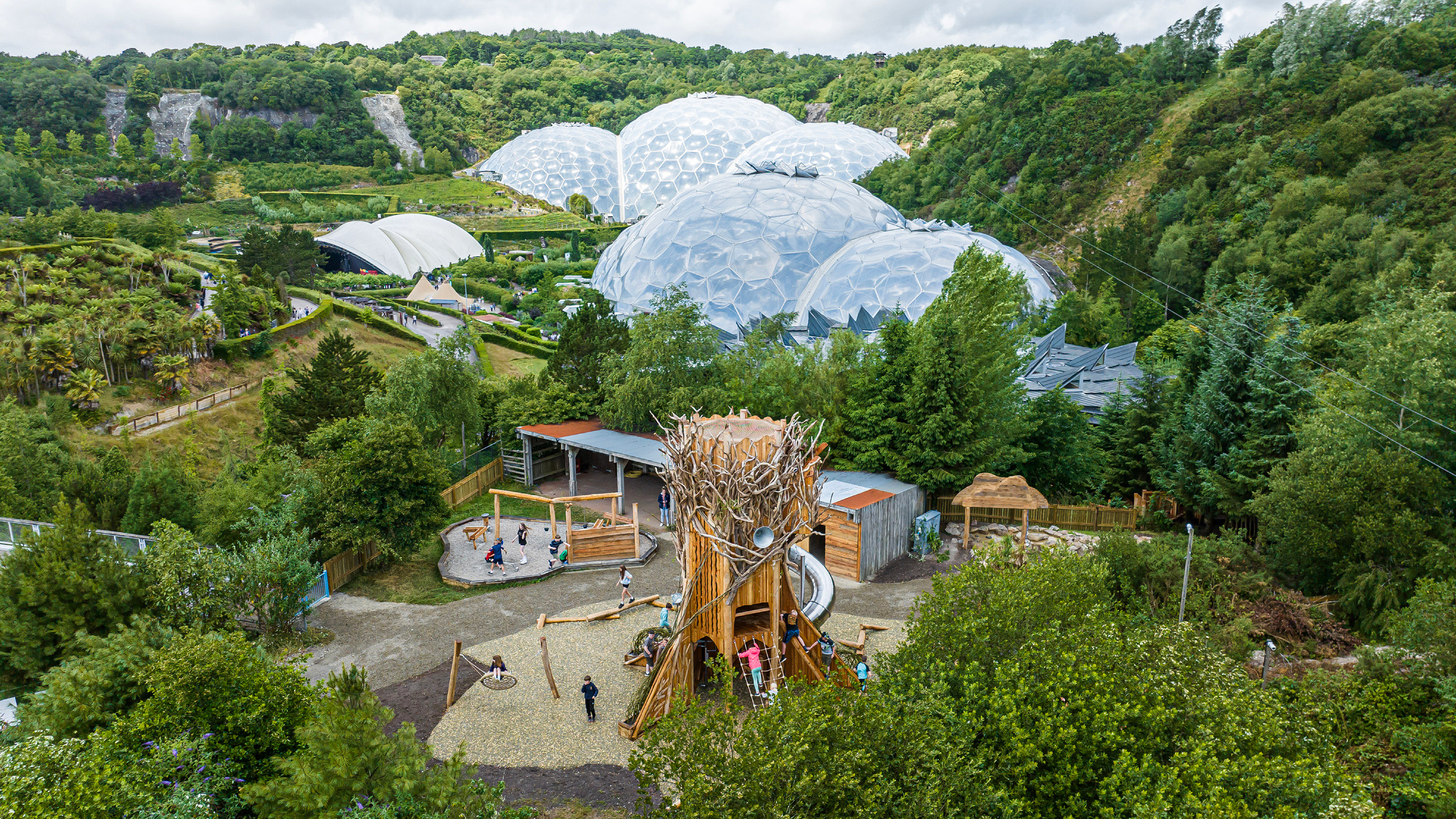

Leave A Comment